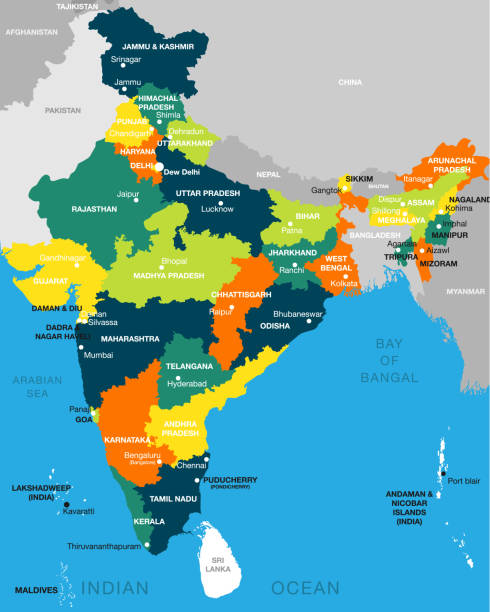Indian History:Pre-Historic Period-Part1
Previous year ssc questions | cgl previous year question |multiple choice | previous year question papers |competitive exam |questions and answers |
Pre-Historic Period-Part1
Daily Online General Knowledge Quiz:Previous year paper gk questions with answers and explanation in English on Indian History of Pre-Historic Period.
1.Worship of mother Goddess was associated with?A. Aryan Civilization
B. Later Vedic Period
C. Mediterranean Civilization
D. Indus Valley Civilization
B. Later Vedic Period
C. Mediterranean Civilization
D. Indus Valley Civilization
Indus Valley Civilization
2. In Mohanjodharo, the largest building is?
A.
The Great bath
B. A Granary
C. The Pillared Hall
D. A Two Storeyed House
A Granary
3. The striking feature of the Indus Valley Civilization was?
A.Urban Civilization
B.Agrarian Civilization
C.Paleolithic civilization
D.Mesolithic Civilization
Urban Civilization
4. The script of the Indus valley civilization is ?
A.
Undeciphered
B.
Kharoshti
C.
Tamil
D.
Brahmi
Undeciphered
Note: The Harappan script is yet to be deciphered, as it is pictographic in nature. Overlapping of letters show that it was written from right to left in the first line and then left to right in the second line.The style is called boustrophedon.
Brahmi and Kharoshti scripts were deciphered by James Princep(1799-1840).
5.The earliest period of human existence was ?
A.
Chacolithic period
B.
Mesolithic period
C.
Paleolithic period
D.Neolithic period
Paleolithic period
Note: Human beings lived in the Palaeolithic period were food gatherers and depended on nature for food. Thus, it can be said that the earliest period of human existence was Palaeolithic period. The Palaeolithic was coined by archaeologist John Lubbock in 1865.
Domestication of animals began during Mesolithic period(9000-4000 BC).
Neolithic people are food producers(4000-1800 BC)
6. What is the meaning of the word 'Sangham' in the Sangham age?
A. Royal court
B. Meeting of rivers
C. Assembly of religious leaders
D. Assembly of poets
Assembly of poets
7.What is the ancient school of law?
A.The Sociological school
B.The Historical school
C.The analytical School
D.The Philosophical school
The Philosophical school
8.Which one of the following vedas contains sacrificial formulae?
A. Samaveda
B. Rigveda
C. Yajurveda
D. Atharvaveda
Yajurveda
Note: Rigveda- a collection of 1028 hymns by a number of priestly families.
Samaveda-a collection of melodies.
Atharvaveda- describes the popular beliefs and superstition of humble folk.
9.In the early vedic period, varna system was based on?
A. Education
B. birth
C. Occupation
D. talent
Occupation
Note: According to the Purushasukta , the vedic society was divided into four varna as Brahman, Kshatriya, Vaishyas, and Shudras. This classification of society was based on the professions or occupations of the individuals.
Teachers and priests were called Brahmans,rulers and administrators were called Kshatriyas. Farmers, merchants, and bankers were called vaishyas and artisans and labours were called shudras.
10.The Great bath of Indus valley civilization is found at?
A. Mohanjodaro
B. Harappa
C. Ropar
D. Kalibangan
Mohanjodaro
12. Harappa is situated on the bank of which river?
A. Ravi
B. Sindhu
C. Yamuna
D. Jhelum
Ravi
Note:According to ancient history traced to Vedas, the Ravi River was known as Iravati.The Ravi was known as Purushni or Iravati to Indians in Vedic times and as Hydraotes to the Ancient Greeks.
13.The Aryans succeeded in their conflicts with the pre-Aryans because?
A. They used elephants in a large scale
B. They were taller and stronger
C. They were from an advanced urban culture
D. They used chariots driven by horses
They used chariots driven by horses
14.Rigvedic aryans were a pastoral people is borne out by the fact that?
A. There are many references to the cow in Rigveda
B. Most of the wars were fought for sake of cows.
C. gifts made to priests were usually cows and not land.
D. All of the above
All of the above
Note: The economic life of the Rigvedic people sustained both on agriculture and pastoralism. In Rigveda, we find references of levelling of field, seed, implements and also can find man references are made to cow. Terms like Gotra, Godhuli, Goghna, Gayguti shows the importance of cow.
15.Which one of the following stages of the life of man in Aryan society, in ascending order of age is correct?
A. Brahmacharya, Grihastha, Vanaprastha, sanyasa
B. Grihastha,Brahmacharya, vanaprastha, sanyasa
C. Brahmacharya,vanaprastha,sanyasa, Grihastha
D. Grihastha, Sanyasa, Vanaprastha, Brahmacharya
Brahmacharya, Grihastha, Vanaprastha, sanyasa
References
1.Mother goddess-wikipedia2.Granary-Harappa-www.harappa.com
3.Ancient-granary-found-in-Haryana -www.thehindu.com
4.Indus script-wikipedia
5.Paleolithic Age-wikipedia
6.Hominini-wikipedia
7.Sangam literature-wikipedia
8.Sangam Period-wikipedia
9.Yajurveda-wikipedia
10.Schools of Indian philosophy-wikipedia
11.Varna(Hinduism)-wikipedia
12.Mohenjo-daro-wikipedia
13.Great Bath-Mohenjo-daro-Britannica Online Encyclopedia
14.Discovery of Metals-www.azom.com
15.First metal used by man-www.worldatlas.com
16.Copper-www.copper.org
17.Daya-ram-sahni-www.harappa.com
18.Harappan Architecture-wikipedia
19.Harappa-wikipedia
20.Aryan-Britannica Online Encyclopedia
21.Ratha-wikipedia
22.Indigenous Aryanism-wikipedia
23.Vedic period-wikipedia
24.Ncert History Textbook
25.GSEB Board Class 8 Social Science Textbook


Comments
Post a Comment